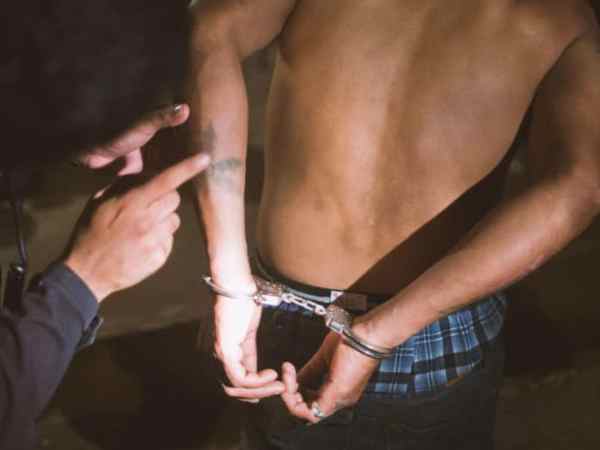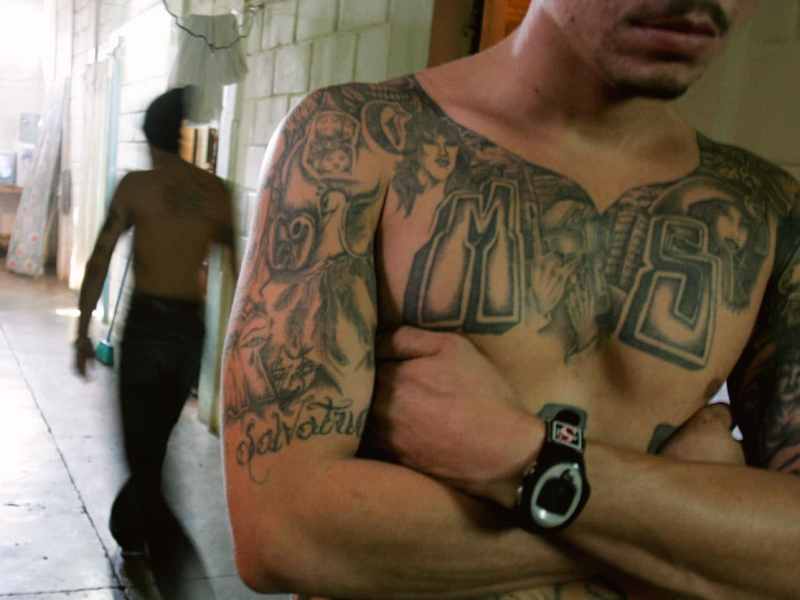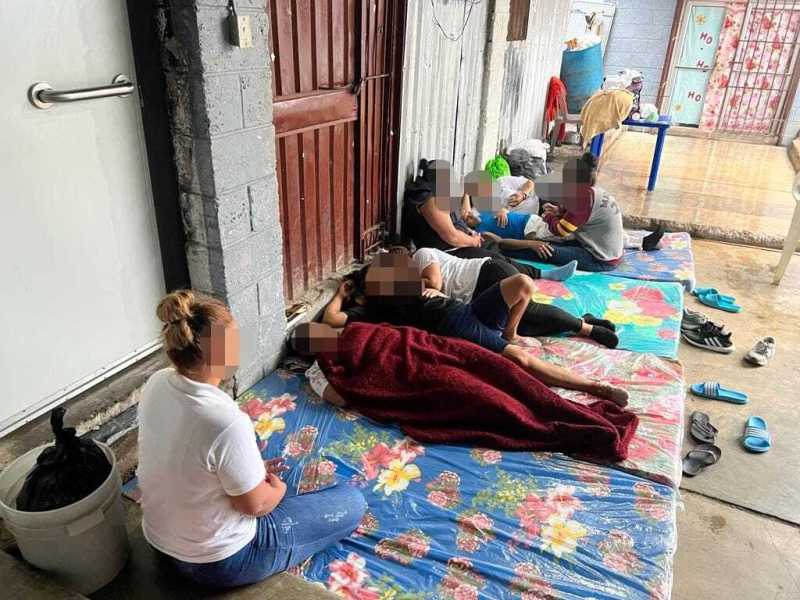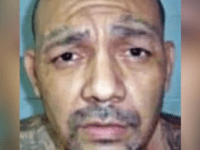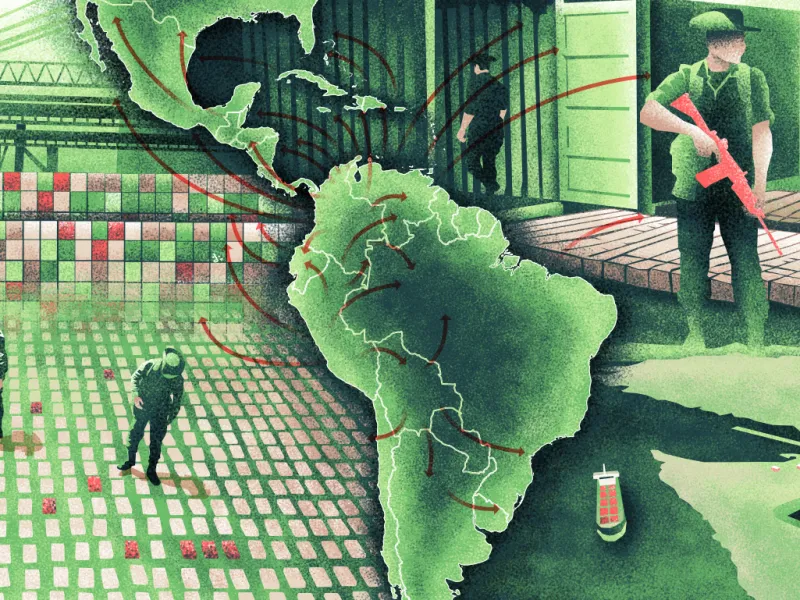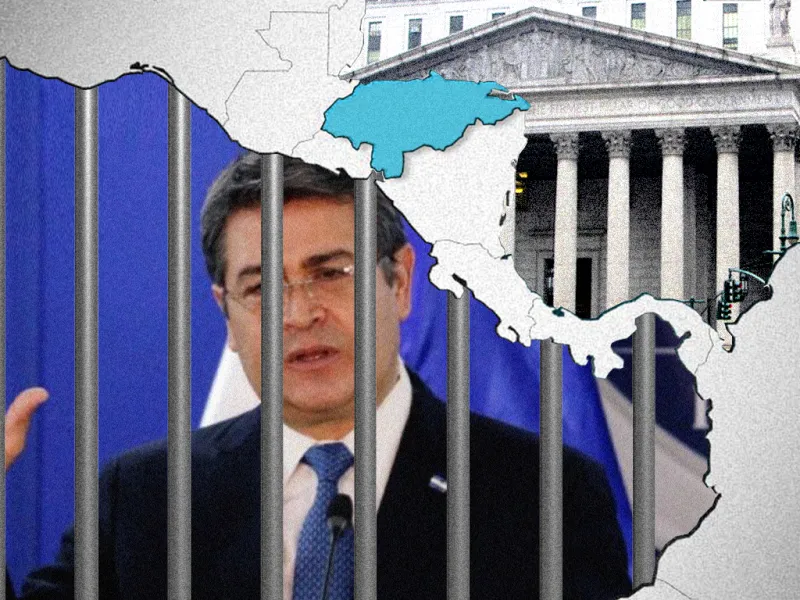The Mara Salvatrucha (MS13) is the hemisphere’s largest, most formidable and increasingly its most sophisticated street gang. This ongoing investigative series tackles its evolution from various perspectives.
About this Project
These reports are the result of field work done for a multi-year research initiative evaluating the transnational criminal capacity of the MS13 in the US and El Salvador by InSight Crime and American University’s Center for Latin American & Latino Studies, with funding from the National Institute of Justice.
Investigation Chapters
Why Trump is Wrong to Blame Migration for MS13 Expansion, Violence
President Donald Trump used his first State of the Union Address to blame the expansion and violence of the MS13 gang in the US on the “deadly loopholes” in the system dealing with unaccompanied children from El Salvador. But an upcoming groundbreaking investigation by InSight Crime and American University challenges this myth and goes deep…
MS13 and International Drug Trafficking: Gang Project vs. Entrepreneurism
On June 23, 2015, Jaime Alexander Monge and Larry Jesus Navarete were talking on the phone. Monge was in Arkansas. Navarete was in the California state penitentiary system. The two were talking about Navarete’s fledgling methamphetamine distribution business, which he was running from his prison cell. Monge was a distributor.
MS13 Violence: Method or Madness?
There is a telling section in the indictment of alleged MS13 members filed by El Salvador’s Attorney General’s Office as part of Operation Jaque. It comes on page 223 of the 1,355-page accusation against the gang’s leadership in that country. The accusation says authorities tape recorded a gang meeting on February 21, 2016. In attendance…
MS13: Hierarchy vs. Federation
On December 13, 2015, MS13 gang leader Edwin Mancía Flores, alias “Shugar,” made a phone call from a prison in El Salvador. On the other end of the line was José Martínez Castro, alias “Chucky,” the head of what the gang hierarchy refers to as the “East Coast Program.”
MS13 Gang Truce: Social vs. Criminal Capital
Dany Balmore Romero García was sitting in class at a vocational college in El Salvador when he got a message from a friend. On the news, they were saying the US Treasury Department had included him on its Kingpin List, calling him a leader of the MS13. (United States Treasury Department, 2016) It was February…
MS13 in the Americas: Major Findings
The Mara Salvatrucha (MS13) is one of the world’s largest and arguably most violent street gangs. After relatively humble beginnings in Los Angeles in the 1980s, it has spread to more than a half-dozen countries and become a central focus of law enforcement in two hemispheres. In spite of these efforts, the MS13 remains a…



